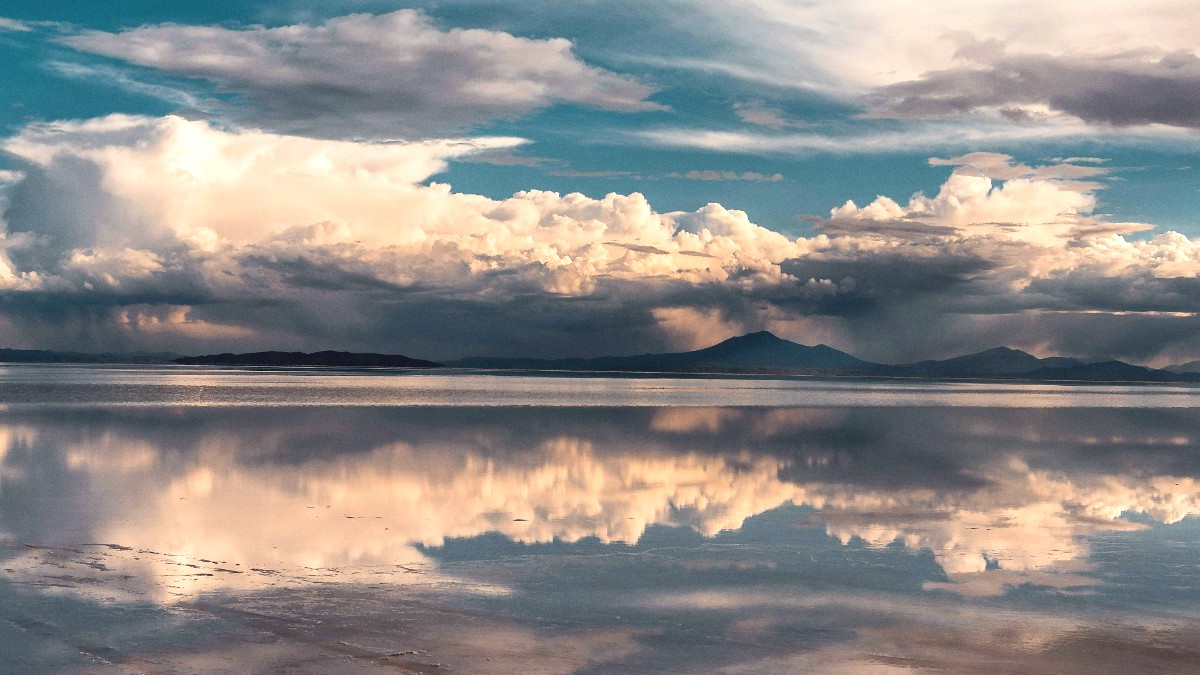
Bolivia
The closest airport is Joya Andina Airport (UYU) in Uyuni. It is a small domestic airport. Major international airports in Bolivia include El Alto International Airport (LPB) in La Paz and Viru Viru International Airport (VVI) in Santa Cruz. Most international travelers will fly into LPB or VVI first. There are no direct international flights to Uyuni (UYU).
Joya Andina Airport (UYU) is small with basic facilities: a small waiting area, a single luggage carousel, and very limited food or drink options. La Paz (LPB) and Santa Cruz (VVI) airports are larger, with more amenities including duty-free shops, restaurants, ATMs, and currency exchange services.
Empresa Ferroviaria Andina (FCA) operates passenger trains to Uyuni from Oruro. Travel time approx. 7-8 hours. More comfortable and scenic than buses for some sections, generally safer.
Buses are a common and economical way. Major routes: La Paz to Uyuni (overnight, 8-12 hrs), Potosí to Uyuni (6-7 hrs). Companies: Trans Omar, Todo Turismo (more comfortable, tourist-oriented). Book in advance for Todo Turismo.
Self-driving to Salar de Uyuni is generally not a suggestion for tourists. Roads can be rough, the Salar has no marked roads, GPS can be unreliable, and a high-clearance 4x4 is important. Local tour drivers have valuable knowledge.
Train types: Expreso del Sur (faster, more comfortable, few times a week) and Wara Wara del Sur (slower, more basic, few times a week).
Semi-cama (semi-reclining seats) and Cama (fully reclining seats) are the most comfortable options for long-distance buses. Book in advance for comfort.
Self-driving for tour is not typical for visitors. An International Driving Permit (IDP) is needed if you plan to drive elsewhere in Bolivia. For rentals, try DiscoverCars.com.
No specific departure taxes for international flights from Bolivia if the fee is included in your ticket price. Check with your airline or travel agent. No exit fees are typically charged for land border crossings, but confirm with local authorities or your tour operator if crossing into Chile.
Uyuni Airport (UYU) has very limited facilities. There are no restaurants, only basic restrooms. Uyuni Bus Station provides basic facilities, some small shops selling snacks and drinks. Restrooms may be available for a small fee.
Before leaving Uyuni, double-check your tickets, passport, and any necessary travel documents. Consider getting cash for any small purchases during your journey. Confirm that your accommodation or tour operator knows your departure details.
For travelers combining Salar de Uyuni with Tupiza (Bolivia), multi-day tours often start from Tupiza and end in Uyuni (or vice-versa), traversing different routes through the Andean highlands. This is an internal Bolivian route, so no border crossing procedures are involved. This journey offers distinct scenery compared to the Chilean border route.
Book an overnight semi-cama or cama bus from La Paz to Uyuni. This approach saves on accommodation costs for one night and allows you to arrive refreshed for your tour. It also reduces travel during daylight hours, which means more sightseeing opportunities.